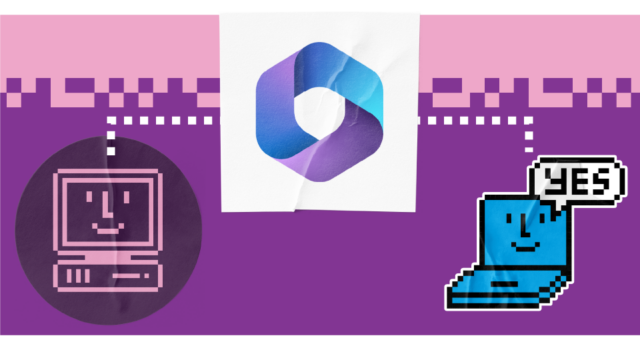What Infinity Group do to help_
Our migration support can enable you to transition smoothly and get started off right with your new systems. Our migration services cover a wide range of scenarios, including migrations from legacy Microsoft systems, third-party systems and tenant-to-tenant migrations.
Every migration starts with a discovery stage, where we pinpoint how your existing system performs and how that aligns to your objectives from the new solution. Then, we enter a design phase, focusing on where your data is moving to, what needs to be moved and what factors need to be considered for a successful migration. This allows us to understand what the new solution needs to be, making it easier to plan a migration that makes it achievable.
During this process, we also consider the potential impact on your organisation, including any effect on customers and staff, and predicted downtime during the migration. As much as possible, we aim to conduct a migration in a manner that minimises disruption during your operating hours.







